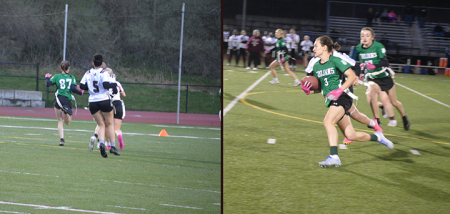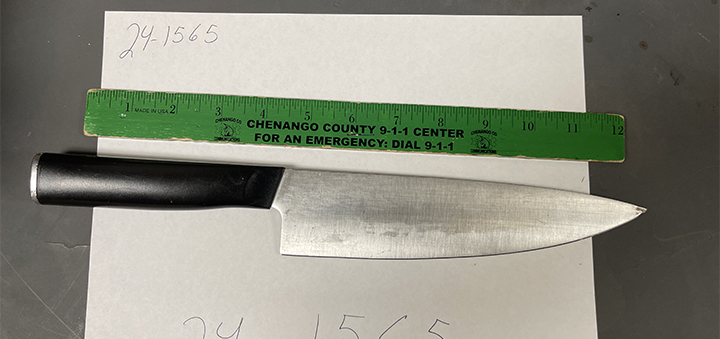The Dirthole Set For Trapping
Published:
August 24th, 2017
Eric Davis
Mayhood’s Sporting Goods
CHENANGO COUNTY – When preparing for the beginning of trapping season, it pays to make a few practice sets before the season to help minimize the time you spend at a set location, helping to reduce the amount of scent you leave behind.
In addition to making a couple mock sets, spend a day or two scouting out the property/properties where you will be trapping to pick out your set locations ahead of time. This keeps you from wandering around on October 25, trying to find the right place to set your traps. When land trapping look for transitions and intersections. Almost every animal that you trap is a predator, so setting your trap along the path they take when hunting for prey increases your odds.
This is why intersections can be good because you have animals coming from four different directions potentially. When trapping canines – coyotes and foxes – setting traps in areas where they hunt mice has been good luck for me. The transition from a hay field to corn field, or where a tractor path goes through a field are all good places to set traps. If trapping for fishers, look for transitions from softwoods (pines, hemlocks, etc.) to hardwoods. I have had very good luck catching fishers along old stone walls at these transition zones.
The most common trap set used for land trapping is probably the dirt hole set. This set uses a hole in the ground with lure placed in the hole that is in front of the trap. When an animal approaches the set to try to get a better smell of what is in the hole, they put their feet out to lean down and step on the trap. The set is made by digging the trap bed out of the ground, staking the trap down, setting the trap in the bed, covering the trap, digging the dirt hole, and placing the lure or lures down the dirt hole.
The key is to have the trap pan slightly below the level of the ground around the trap. The animals will step on the lowest point when trying to reach in to get a better smell of the lure. Also, keep the hole angled so that the mouth of the hole is facing where the trap is. If the hole is too straight up and down, the animal can approach the set from behind the hole to smell it and not get caught. Pay attention to where you anticipate an animal to approach the location and set your trap set so that the wind would blow the scent of the lure across the path the animal is traveling.
The typical wind direction in our area is west to northwest, due to the position of the jet stream but we do get southern winds quite frequently. Because of this, I often set two traps at a location with one on either sire of the path I anticipate the animal coming on. That way I am covered no matter what the wind direction is. The lures used at the set depend on what you are trying to catch.
I typically set for foxes and welcome any coyote catches I may have. So I like to use a mouse based lure that I wipe on a little ball of sheep’s wool and put it down the hole. Then I will put a small glob of red fox gland at the top of the hole on a twig or piece of goldenrod.
That combination has caught the most animals for me. When the weather turns colder, I start using call lures that are loaded with skunk essence. The skunk smell really reaches out and draws animals to the set.
When it gets cold and food is hard to find, hungry predators will eat about anything, including a skunk. To cover the trap when making the set, I like to use peat moss that is dry and pre-sifted to remove any clumps or twigs that might be in the peat moss. I sift it in late August usually and store it in a big plastic tote. Then I carry a one-gallon plastic canister in my packbasket that I just scoop the peat moss out of the tote with. This canister can make up to 3 sets if I make the trap bed the perfect size. It usually makes only 2 sets as I tend to overdig my trap beds a little. Make sure to put a little peat moss down before putting the trap in the trap bed. This will keep the trap from freezing down to the ground if the temperature gets below freezing.
Once you have made a catch at a trap set, dispatch your catch and remove it from the trap if you are keeping it or use a catch-pole to hold it while removing the it from the trap. If the ground isn’t too muddy or destroyed, reset the trap in the original trap bed and uncover the dirt hole if it is clogged with leaves or dirt. The scent of the animal that was caught turns the set into a much more attractive set to predators. You might need to put a small amount of lure in the dirt hole again but you don’t need a lot. If the set is muddy beyond a reset capability, make a new trap set just outside of the catch circle.
– Mayhood’s Sporting Goods
Comments






